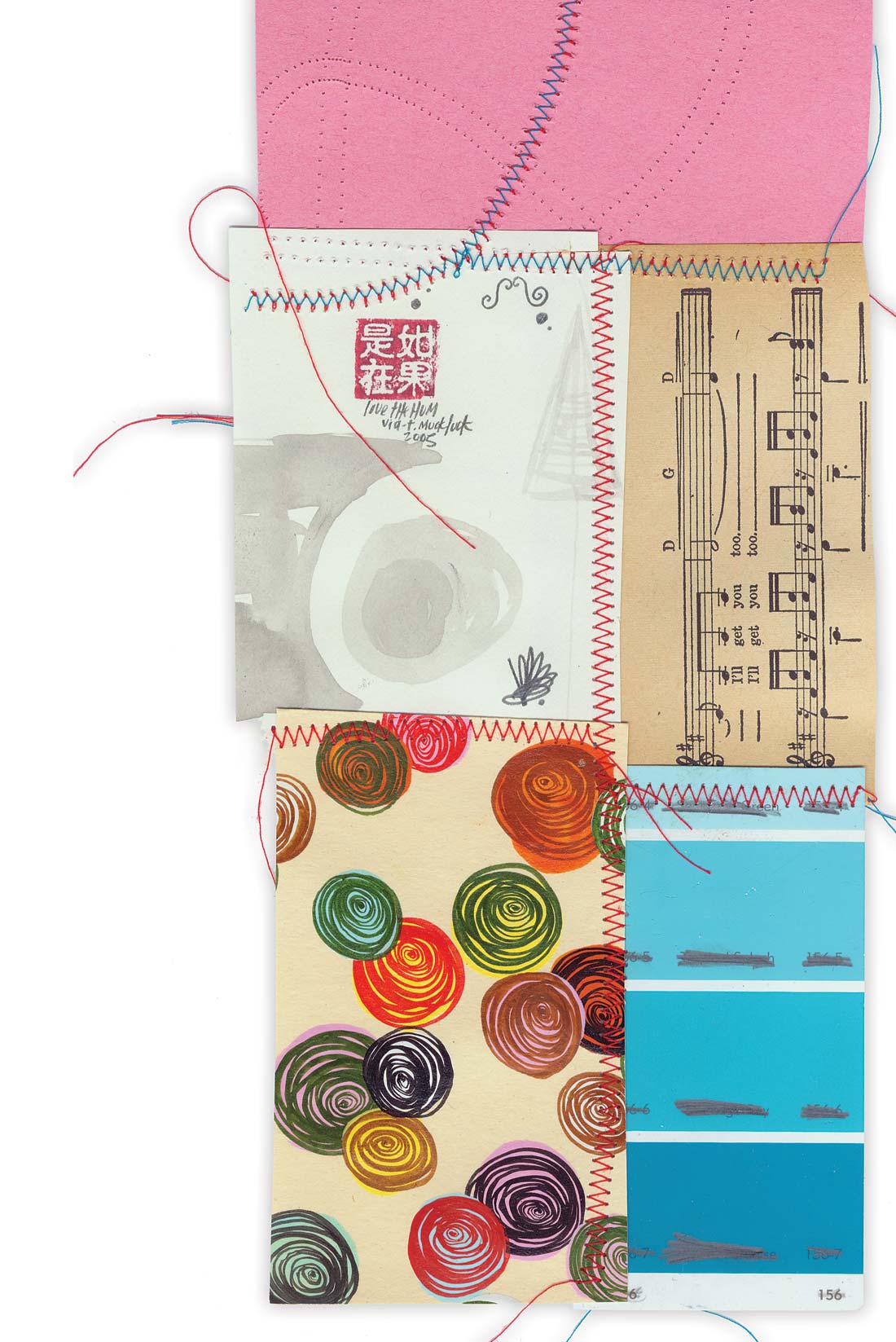While many excellent, low-cost, nearfield monitors have appeared on the market lately, studio subwoofers in our budget range that can accurately reproduce sound in the sub-80 Hz regime have been hard to come by, and decent low-end translation has been a consistent problem in the WMBR studio. Naturally, our interest was piqued when we received our demo unit of the Truth B2092A, an active subwoofer that claims to offer studio-grade low-end monitoring at a fraction of the cost of systems like the Bag End Infrasub-12 PRO (see our review in Tape Op #50). Our house monitors are Samson Rubicon 6a's, which start to roll off noticeably around 100 Hz, so we added the B2092A to the system in the hope that it would help flatten out our low-end response. The results, while not as jaw-dropping as what we experienced with the $2080 Bag End sub, were still pretty hard to argue with, especially from a price/performance standpoint. The B2092A streets for $200 and is powered by an internal 360 W amp.
The first thing you'll notice about the B2092A is its size. It stands just over 24'' high and has a 13'' x 23'' footprint, making it roughly twice as large as other active subwoofers with equivalent power. Finding room for the unit in a small, crowded control room can be tricky; it won't fit beneath many consoles or under tables with anything mounted to their undersurfaces. We ended up putting it next to our mix desk in the (soffited) front corner of the room, which was pretty unobtrusive and didn't seem to hurt the sound. From the front, the B2092A looks like it was inspired by 2001: A Space Odyssey; it's a featureless, black, rectangular box with no visible controls, ports, or connectors of any kind. (A Behringer logo sticker is provided, but the sub honestly looks cooler without it.) Everything important is on the back, and there are quite a few nice bells and whistles to play with back there: three XLR inputs/outputs (left, right, center); an input trim; a four-position phase-shift knob; and a three-position room-compensation switch. In the interest of experimenting with the sound as much as possible, we ended up positioning the sub "backward" so the controls were easily accessible from the mix desk. There's also a 1/4'' plug for connecting a bypass footswitch; our demo unit didn't include one, but on/off footswitches are easy to buy or build.
The unusually large size of the B2092A is due to its "folded enclosure" design, which incorporates a pair of 8'' drivers, two reflex ports (one on the top of the sub, one on the bottom), and an internal layout designed to work as a bandpass filter, reinforcing and linearizing the sub's frequency range of interest (specified as 32-80 Hz). The result is a reasonably tight response that works well with the active crossover. Judging by ear, we'd estimate that the roll-off on the upper-end occurs in the 100 Hz neighborhood, but we didn't actually measure this. We noticed neither a frequency overlap nor a "dead zone" between the sub and our mains.
The room-compensation switch, which reduces the sub's output for wall or corner placement, isn't really necessary considering there's an input trim. But the four- position phase-shift knob is a nice feature, since odd phase cancellations between the mains and sub can occur depending on relative placement. At its default setting, there was a very obvious dead spot in the 100-150 Hz band in our room, but switching the phase 90 degrees corrected it very nicely. A continuously-variable phase- adjustment knob would have been nice, but the control is still much more usable than the common two-position polarity switch. Both the phase-shift and room- compensation controls have diagrams next to them that illustrate each setting's effect, which is a nice touch.
The Bag End subwoofer we reviewed had a crystal- clear response that extended well below 20 Hz, so the Behringer's 32 Hz rolloff initially sounded a little bit strange. After spending some time mixing with the sub and tweaking the settings, we got a little more used to it and were quite pleased with the results. Our Samson monitors are pretty bright, and turning them up loud enough to get a decent handle on the low end of the mix can be very fatiguing to the ear. The B2092A basically solved this problem; we are now able to use the Samsons at a very comfortable volume without completely losing track of the bass response. The B2092A's sound can get somewhat muddy, particularly below 50 Hz, but if you're monitoring at reasonable volumes (as all of our engineers tend to do), it isn't immediately noticeable. Driving the system hard really brings out the muddiness, so the B2092A isn't appropriate for situations that require absolute accuracy at high volumes. On the other hand, as a complement to nearfield monitors in a small room, the B2092A performs admirably.
While it obviously doesn't measure up to the high-end subwoofers sold by Bag End, Dynaudio, and others we've heard, the Behringer B2092A holds its own in smaller studio situations and costs an order of magnitude less. We were particularly impressed by how well it complemented our Samson Rubicon 6a's, which go for about $450/pair these days. We ended up buying the B2092A, and we now have a sub-$700 studio monitoring system that can easily outperform setups costing much more. Minor complaints about clarity and size aside, that's pretty hard to argue with if you're a studio on a budget. ($249.99 MSRP; www.behringer.com)




_disp_horizontal_bw.jpg)